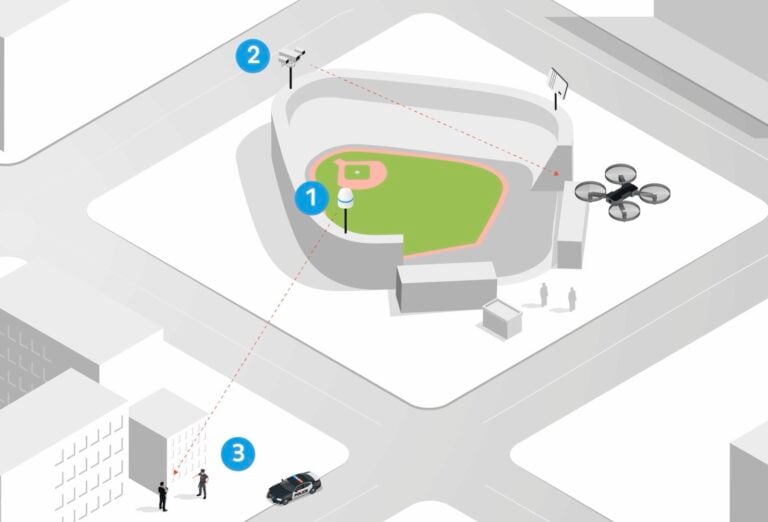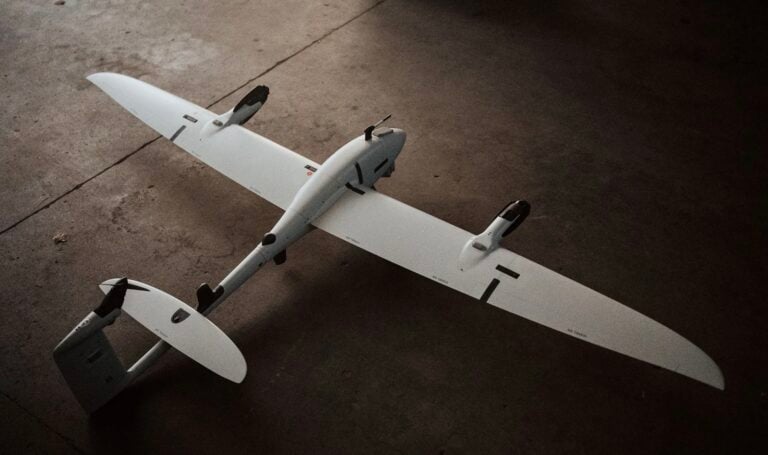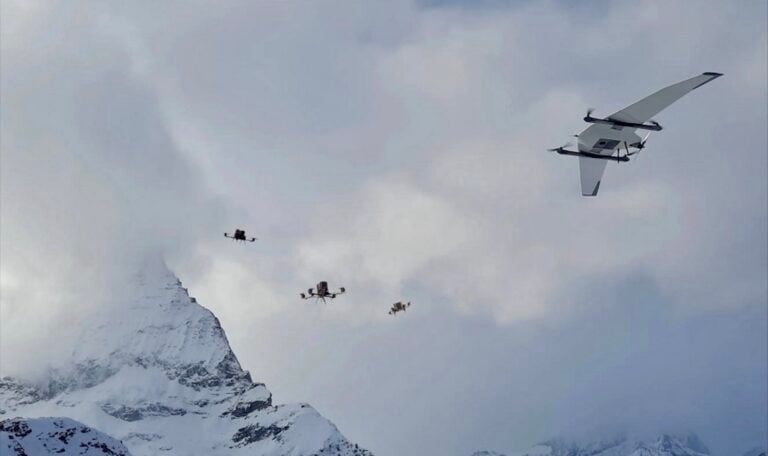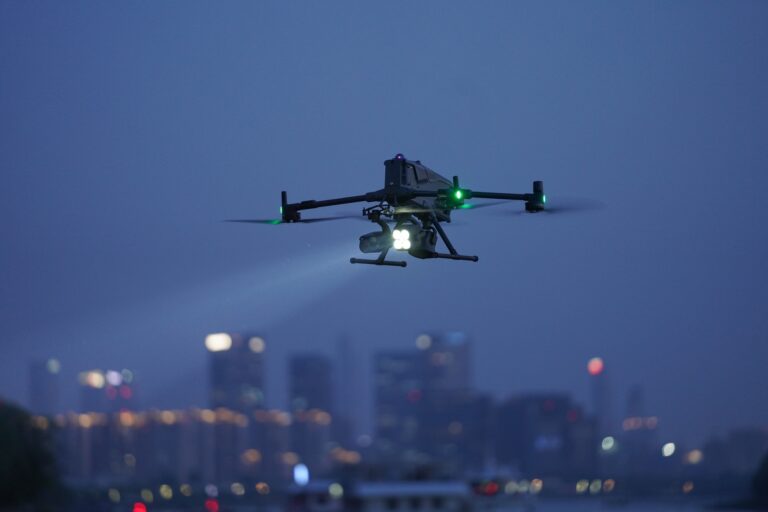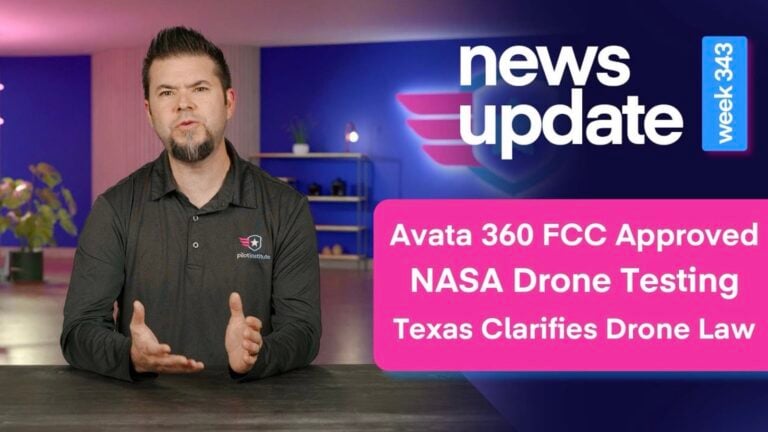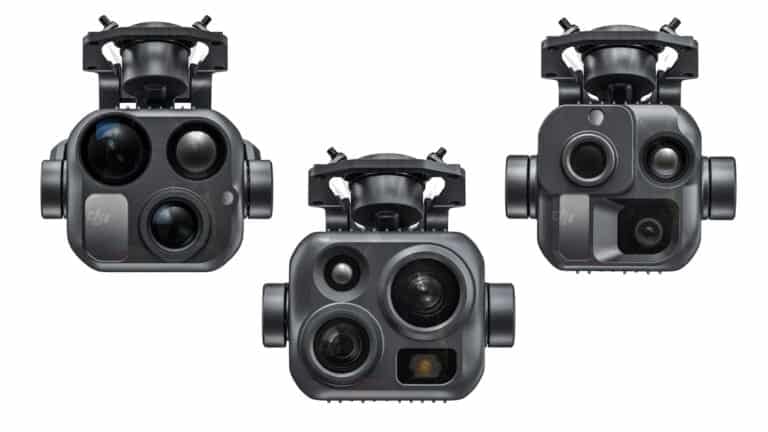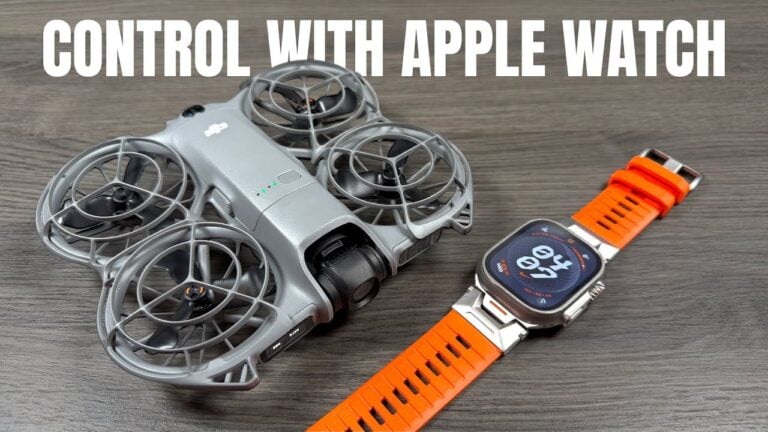Dronetag Unveils Compact Remote ID Receiver Amid Rising Drone Safety Concerns

Amazon Drone Deals: DJI Mini 5 Pro Fly More Combo with DJI RC2 now for $1,099!
Dronetag has introduced RIDER, a pocket-sized Remote ID receiver designed to detect and monitor drone activity in response to growing airspace safety challenges. The device aims to address gaps in drone detection capabilities, particularly for public safety agencies and professional drone operators.
Weighing 64 grams (2.25 ounces), the battery-powered RIDER captures Remote ID signals from any drone regardless of manufacturer, providing real-time position, altitude, speed, and pilot information. The data can be accessed through Dronetag’s mobile app or integrated with existing UTM and counter-UAS systems.
Technical Capabilities and Limitations
RIDER provides what CEO and Founder Lukáš Brchl calls a “Level 0” solution for situational awareness, offering three connectivity options: integrated LTE, Bluetooth, and USB-C. Its detection range extends to approximately 3 miles with standard antennas, or up to 6 miles with an optional high-performance antenna. Battery life ranges from 6 to 10 hours, which may require careful mission planning for extended operations.
While smartphones were initially expected to handle drone detection tasks, their technical limitations created an opportunity for dedicated devices like RIDER. However, the effectiveness of such receivers still depends on drones properly broadcasting Remote ID signals – a regulatory requirement that isn’t yet universally followed.

Target Applications
The device appears particularly relevant for two key use cases:
- For public safety agencies, RIDER enables monitoring of drone activity in sensitive areas, though its passive detection capabilities should be viewed as complementary to, rather than replacement for, comprehensive counter-drone systems.
- Commercial drone operators can use RIDER to maintain awareness of other aircraft in their vicinity, potentially reducing collision risks during critical operations. However, the system’s reliance on Remote ID broadcasts means it cannot detect non-compliant drones.
Technical Specifications
The device operates across temperatures from -4°F to 140°F and features an IP54 rating for limited dust and water resistance. It supports multiple GNSS systems including GPS, GLONASS, Galileo, and BeiDou, while cellular connectivity is optimized for regional markets with specific LTE bands (2, 4, 12 for US; 3, 8, 20 for EU).
The RIDER includes integrated cellular and Bluetooth antennas for data transmission, along with an SMA connector for the 2.4 GHz Remote ID antenna. It complies with ASTM F3411-22A and ASD-STAN EN 4709-002 standards for Remote ID systems, suggesting compatibility with current and near-future regulatory frameworks.
Market Position and Availability
Dronetag has priced the RIDER at $899/€799 during its pre-order period, which runs until mid-March 2025. The company plans to distribute through authorized resellers in the US and EU starting mid-February. Interested parties can see the device firsthand at XPONENTIAL 2025 in Düsseldorf from February 18-20, 2025, where Dronetag will be showcasing their Remote ID receivers at Stand 1A44.
A stationary version, dubbed Dronetag Scout, is also in development for fixed installations requiring persistent monitoring capabilities. The Scout aims to provide similar situational awareness capabilities as RIDER but with enhanced features specifically designed for managing drone activity in larger, fixed installations.
Industry Context
The release of RIDER comes as the drone industry grapples with integration challenges in controlled airspace. Recent incidents, including unidentified drone sightings in New Jersey and a collision with a firefighting aircraft in Los Angeles, highlight the growing need for reliable drone detection solutions.
However, the effectiveness of Remote ID receivers like RIDER ultimately depends on widespread compliance with broadcasting requirements – a transition still in progress across the drone industry. As such, these devices represent one component of a broader approach to airspace awareness and safety.
Discover more from DroneXL.co
Subscribe to get the latest posts sent to your email.
Check out our Classic Line of T-Shirts, Polos, Hoodies and more in our new store today!

MAKE YOUR VOICE HEARD
Proposed legislation threatens your ability to use drones for fun, work, and safety. The Drone Advocacy Alliance is fighting to ensure your voice is heard in these critical policy discussions.Join us and tell your elected officials to protect your right to fly.
Get your Part 107 Certificate
Pass the Part 107 test and take to the skies with the Pilot Institute. We have helped thousands of people become airplane and commercial drone pilots. Our courses are designed by industry experts to help you pass FAA tests and achieve your dreams.

Copyright © DroneXL.co 2025. All rights reserved. The content, images, and intellectual property on this website are protected by copyright law. Reproduction or distribution of any material without prior written permission from DroneXL.co is strictly prohibited. For permissions and inquiries, please contact us first. DroneXL.co is a proud partner of the Drone Advocacy Alliance. Be sure to check out DroneXL's sister site, EVXL.co, for all the latest news on electric vehicles.
FTC: DroneXL.co is an Amazon Associate and uses affiliate links that can generate income from qualifying purchases. We do not sell, share, rent out, or spam your email.




